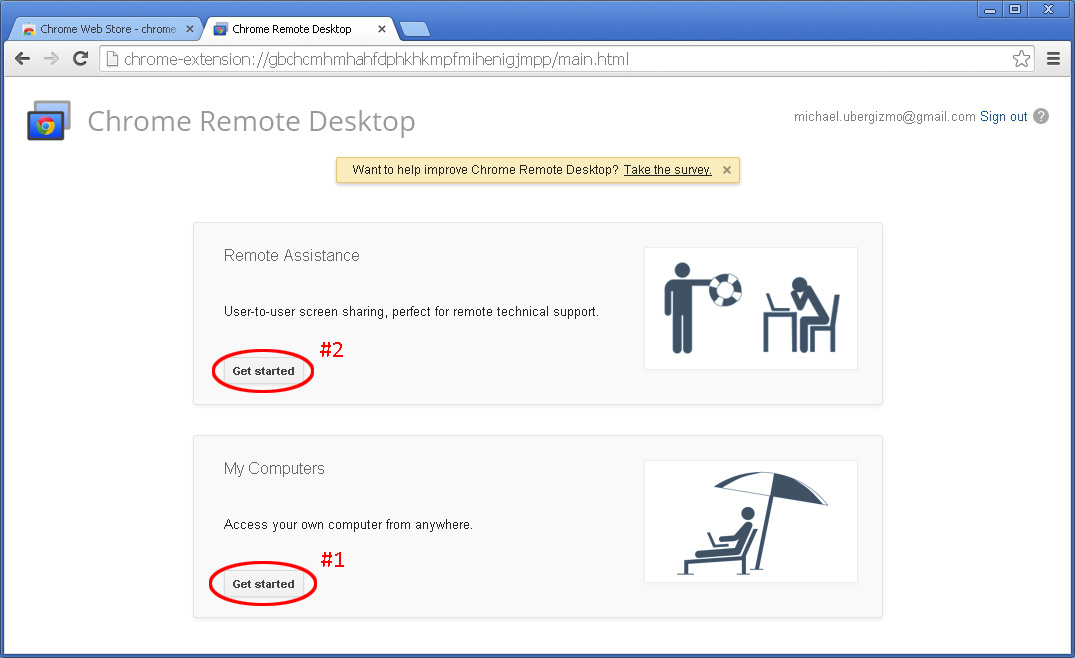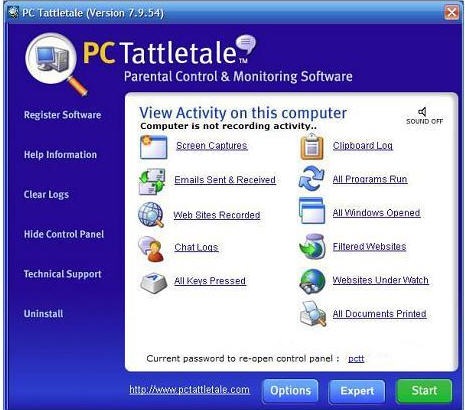

If you want someone to control your computer, click Share in the next screen. To do the latter, click Get Started under the respective section. Namely, you can control your own computer (which is the direction we’ve been following) or provide remote assistance. Step 7: Once you’ve granted access, in the next screen you’ll see the possibilities Chrome Remote Desktop offers. If you’ve done everything as told and you’re the owner of both devices, there’s no reason why it wouldn’t be safe to do it. You’ll be asked to grant the app permission to your computer. Step 6: Start the Chrome Desktop app from the respective menu on your computer, that we’ve talked about a bit earlier. This is your cue to return to your computer. Step 5: You will be told that no computers are currently registered. You will find it next to all of the other installed apps if you have disabled the auto-creation of homescreen shortcuts (which ideally you should to avoid the clutter on your homescreen).
Chrome remote desktop get started greyed out android#
Step 4: Launch the app on your Android device.


There are, however, a few more steps to go through before you’ll be able to do that. Now that the Android app is installed, you’re getting closer to enjoying all the benefits of Chrome Remote Desktop on your Android device. Step 3: Install the Android app from the Google Play Store. Step 2: The app will be found in your Chrome Desktop Apps menu. I don’t need to tell you that this has to be done in Google Chrome and that you need to do this on the computer you want to control (but I said it anyway). Step 1: Install the Chrome Remote Desktop Chrome app from the Web Store. Setting Up and Using Chrome Remote Desktop Cool Tip: Windows 8 users should check out our guides to enable the remote desktop app in Windows 8 and using it.


 0 kommentar(er)
0 kommentar(er)
